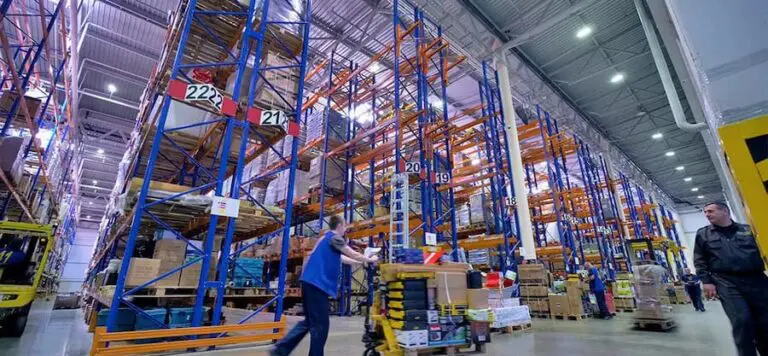Beware The Curse of Too Much Flexibility
Any good Chicago Bears fan remembers Lovie Smith’s Cover-2 defense, and the motto “bend but don’t break.” The defense was designed to give up small plays against it, but to ensure that major collapses (leading to opposing team touchdowns) were rare. I think of a warehouse operation’s ability to handle a shifting scope—what I refer to as “flexibility”—in a similar way.
Despite everyone’s best efforts, no business’s operational requirements stay entirely consistent over time. That’s for good reason: business priorities and customer needs change, and its operation’s ability to bend to support those changes can mean survival and growth for the business.
Operators who take this into account build systems that can absorb scope changes, while ensuring that the operation achieves its broader objectives. The latter includes the need to safely ship orders on time, accurately, and without damage. Moreover, as the number of these orders increases, the safety and quality parameters should hold steady, but the effective cost per unit should decline — the operation should be “scalable.”
The Challenges of Flexibility and Scalability in Operations
Like NFL defenses with inconsistent schemes, well-intentioned businesses oftentimes lose sight of these broader objectives. They pursue too many one-off requests and actions, effectively asking for too much flexibility from the operation. Instead of bending, the operation breaks.
Common examples of pushing boundaries include the following.
- Receiving the same SKU with changing pack quantities (e.g., sometimes an 8-pack, sometimes a 12-pack).
- Receiving product in “blind,” without an advanced shipping notice.
- Taking items from one order to fulfill another when inventory is out of stock.
- Order changes after warehouse began processing the shipment.
These examples share a common theme: they generally require manual intervention. People in operations and customer service are effectively forced to “fight” the software directing their business based on extensive system logic, making one-off decisions based on tribal knowledge and incomplete information instead.
Take the circumstance of an order change after the operations team has begun processing that order. The change requires several steps:
- The warehouse physically locating and pulling product that has already been picked/packed (no easy task in a large warehouse with thousands of orders being processed);
- Re-picking the order outside a standard “wave” or “batch” process;
- The Customer Service Rep talking to the warehouse to confirm all intervention is complete and adjusting the order to account for changes.
Over the course of thousands or millions of orders, regular occurrence of these types of manual actions reduces efficiency and substantially increases the odds of inventory and shipment errors. Said differently, they disrupt the broader operation, increase costs, and inhibit scalable growth. Instead of the operation bending, it breaks.
Striking a Balance
While most folks understand this general concept, they sometimes don’t internalize that implementing scalable processes comes with tradeoffs. Sometimes it is necessary to sacrifice an individual order to maintain a world-class operation more broadly. Going back to the late order-change example, the single order typically can be changed late in the game; the question is whether it should be changed if the downstream effect could negatively impact many other orders.
An effective antidote to this kind of mistake is twofold.
- First, monitor the numbers in aggregate, rather than always chasing after a single order. The focus should be on keeping KPIs at excellent levels across large volumes. Most businesses would prefer a 99%+ metric for order accuracy and on-time shipping vs. unlimited flexibility coupled with materially worse performance. Don’t lose the forest for the trees.
- Second, operators need to build trust and establish communications with their business colleagues to understand when operational deviation is truly required vs. a nice-to-have. There will be plenty of times where manual intervention is needed for the sake of the business (e.g., solving a problem for an order going to your most important customer). However, there will also be times where the right answer is to avoid one-off requests so that operations can continue to scale the business. The operations and business units must have a strong enough relationship to make this assessment thoughtfully.
In sum, much like a well-coordinated Cover-2 defense in football, the key to successful warehouse operations lies in finding the right balance between flexibility and discipline. Focusing on performance metrics and strong communication helps us make wise decisions about when to adjust for rare ‘Hail Mary’ scenarios versus following our established playbook.
About the Author

Mariana Vieth
Mariana Vieth is a marketing and communications leader with a passion for rallying people behind a common goal and unified message. Currently, she is the Marketing Director at WSI/Kase, bringing her creativity, small business, and public sector experience to the world of logistics. Mariana writes about warehousing, transportation, and e-commerce logistics as well as leadership and culture.









